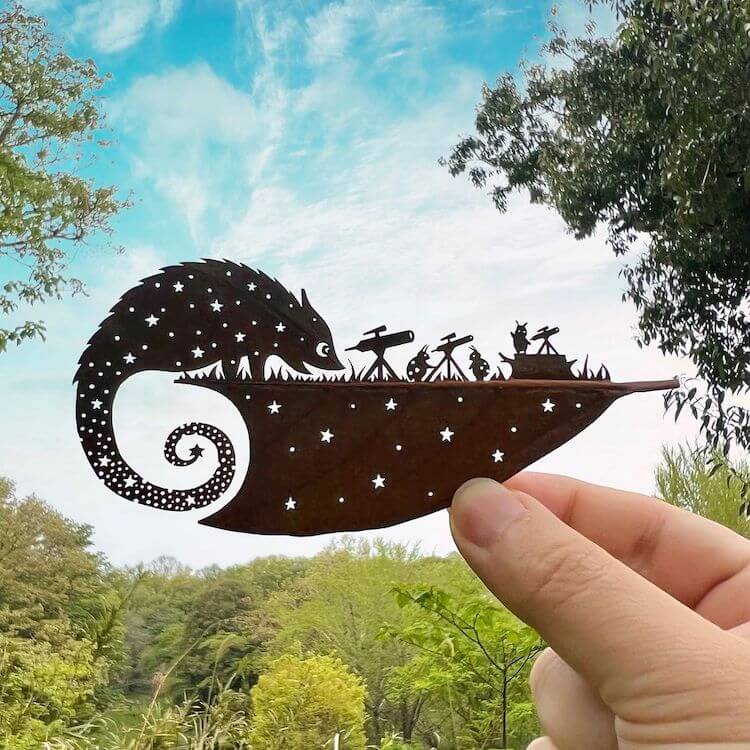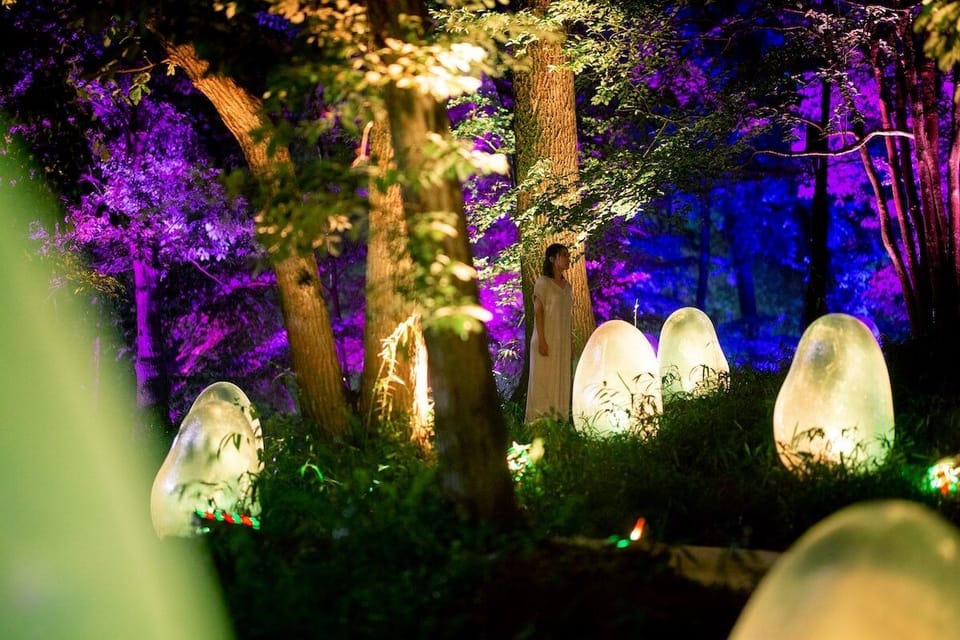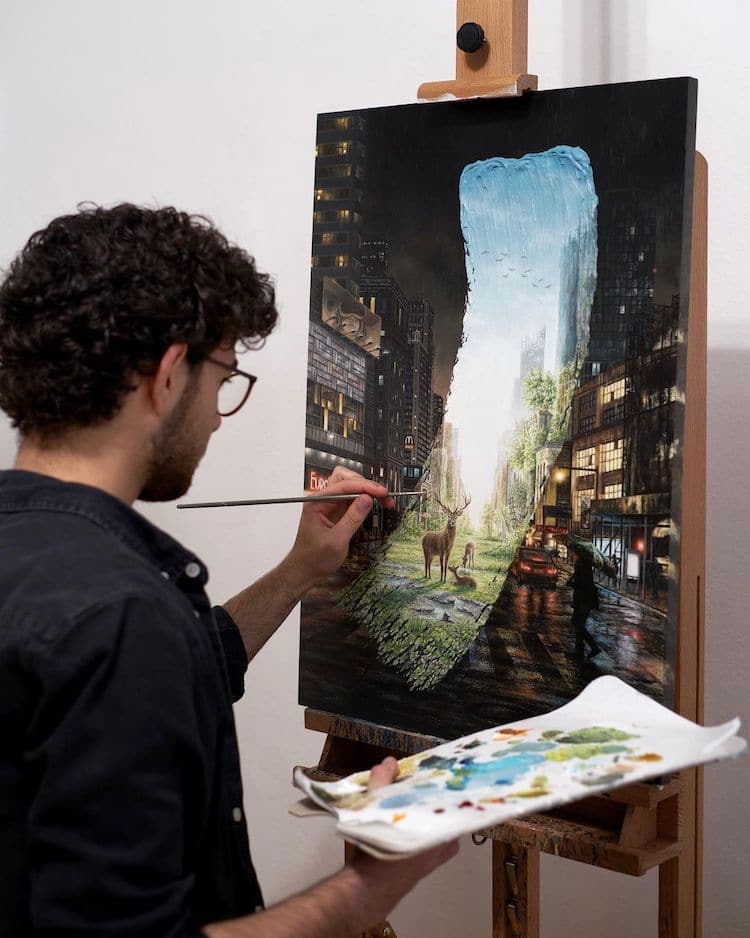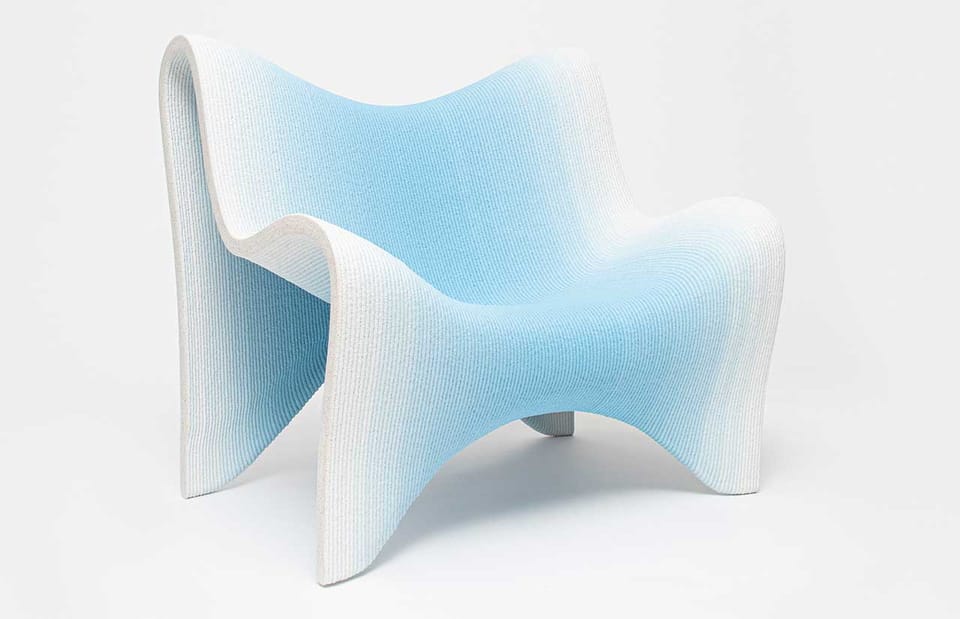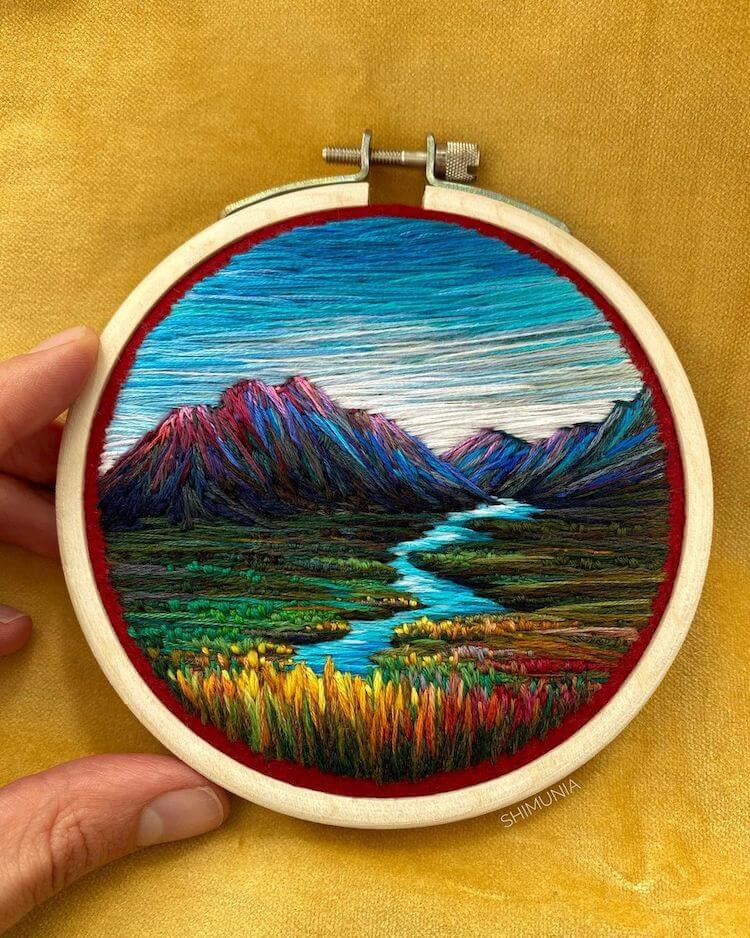What Is Kintsugi?
Far from hiding cracks, Kintsugi fills them with gold. This centuries-old Japanese practice turns breakage into beauty, offering a powerful metaphor for healing and embracing flaws in both objects and life.
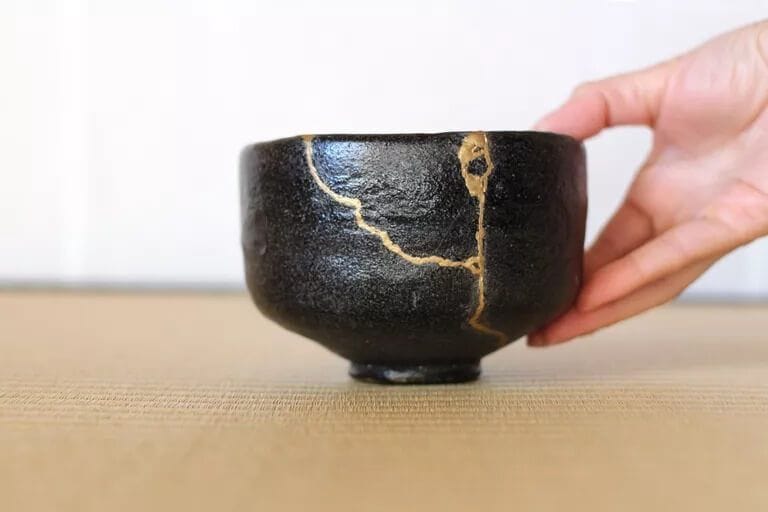
If you break a bowl or a vase, you likely will throw it away. If it's an heirloom or has sentimental value, you may painstakingly try to repair it so the cracks are as invisible as possible.
Or, you could take the kintsugi approach.
Kintsugi is a Japanese art form in which breaks and repairs are treated as part of the object's history. Broken ceramics are carefully mended by artisans with a lacquer resin mixed with powdered gold, silver, or platinum. The repairs are visible, beautiful, and an antidote to the culture of disposability.
Kintsugi means "golden joinery" in Japanese. (Sometimes the process is called kintsukuroi, which means "golden repair.")
History of the Kintsugi Technique
The art may date back to the late 15th century, explains The Washington Post, when Japanese shogun Ashikaga Yoshimasa returned a broken Chinese tea bowl to China to have it repaired. The bowl was given back to him held together with unattractive metal staples. At the time, staples were the main method used to fix broken, yet valuable, vessels. Tiny holes were drilled on either side of the broken pieces and then metal staples were bent and used to hold them in place.
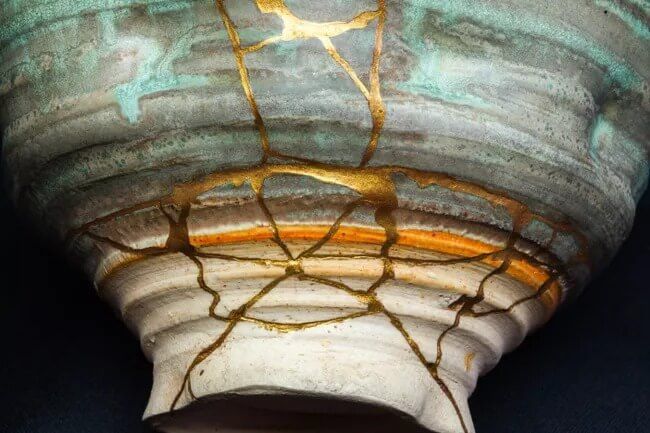
The result was practical, but not very attractive. Yoshimasa's experience may have triggered a quest by Japanese craftsmen to find a new type of repair that could make damaged items look new — or even better.
The craft became so beautiful and so revered that collectors developed an appetite for the mended pieces. Some people were accused of purposely breaking prized items just so they could be repaired with the golden art. Some say that an item repaired by kintsugi looks more beautiful than when it was whole.
Repairing Becomes Art
When a ceramic vessel undergoes this mending transformation, its once-smooth surface becomes covered with rivers of colored zigzags and patterns. Because the repairs are done with meticulous skill (and with precious metal), the mended fractures look immaculate and artistic.
Says Blake Gopnik of the Post: "They take on the look of a deliberate incursion of radically free abstraction into an object that was made according to an utterly different system. It's like a tiny moment of free jazz played during a fugue by Bach."
Watch as Kintsugi artisans explain the craft used to repair precious items in Japan:


